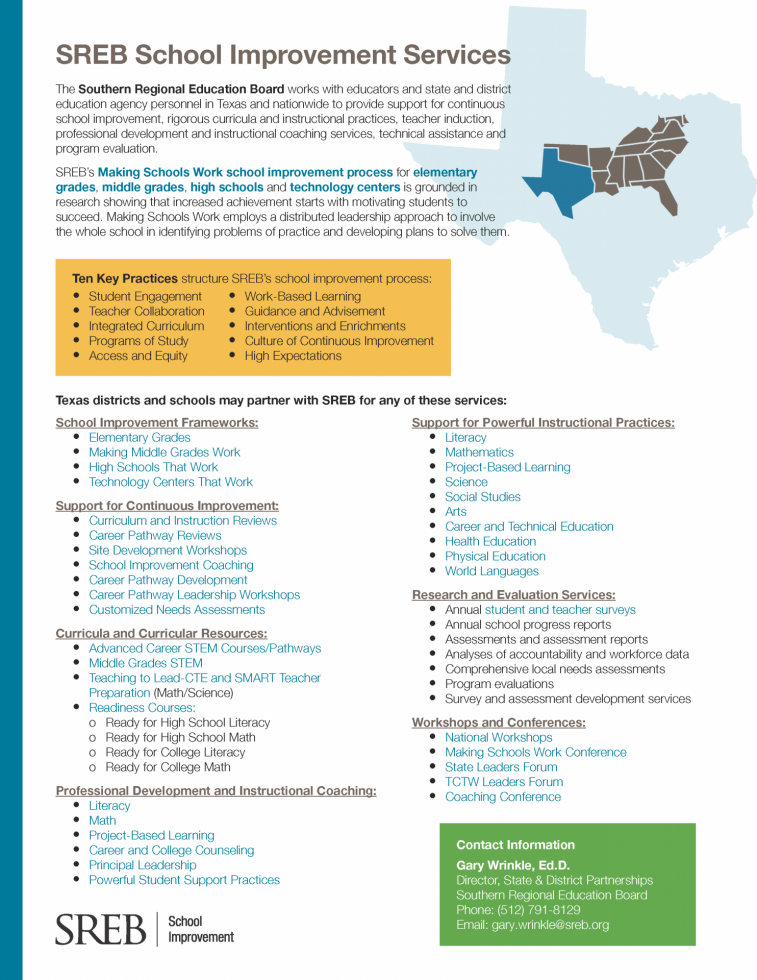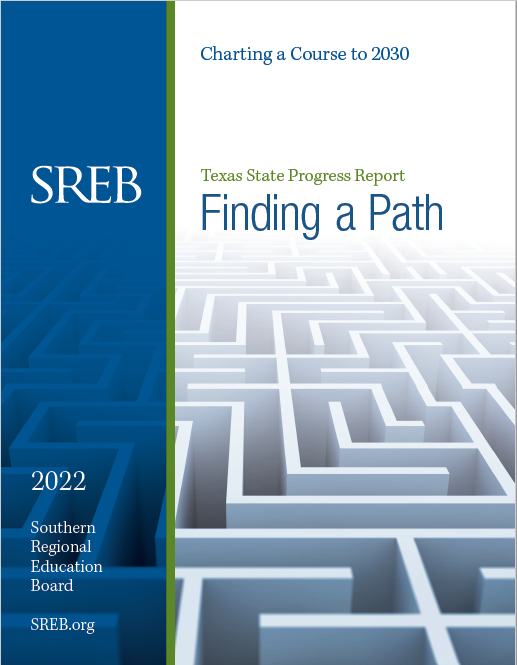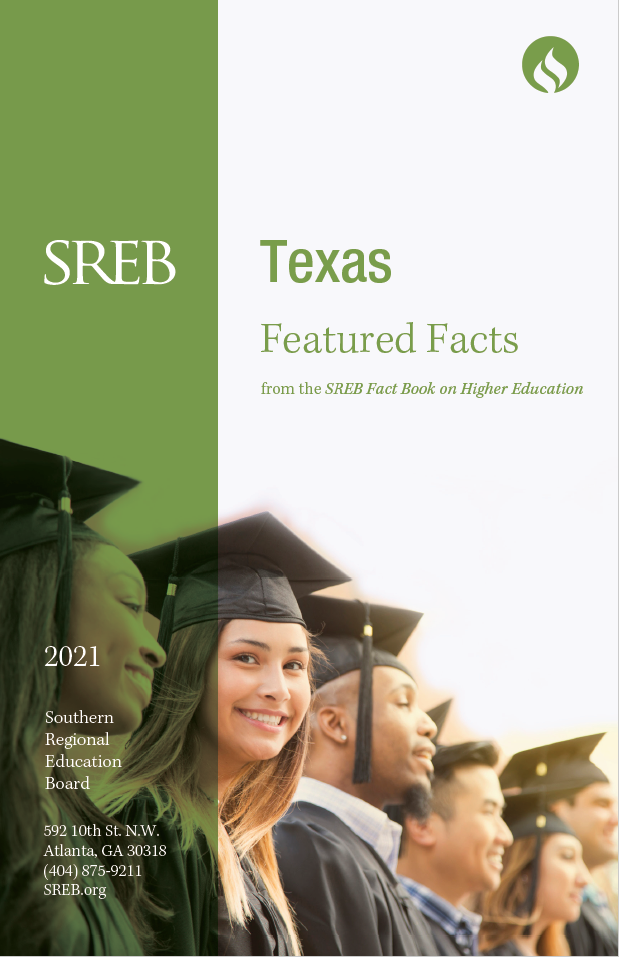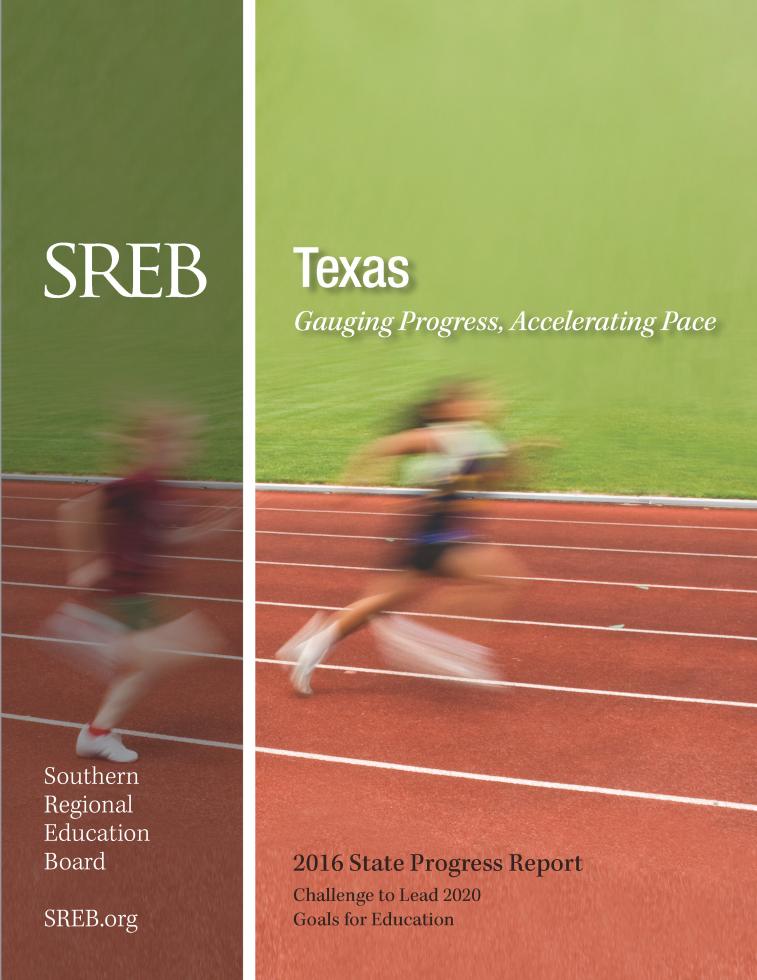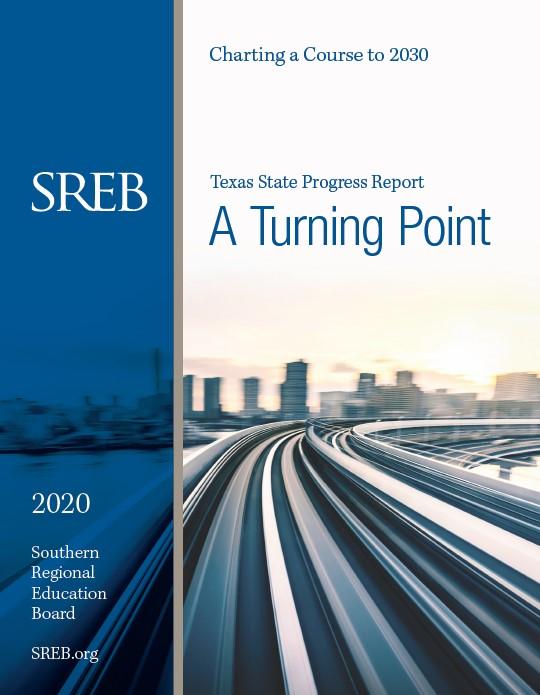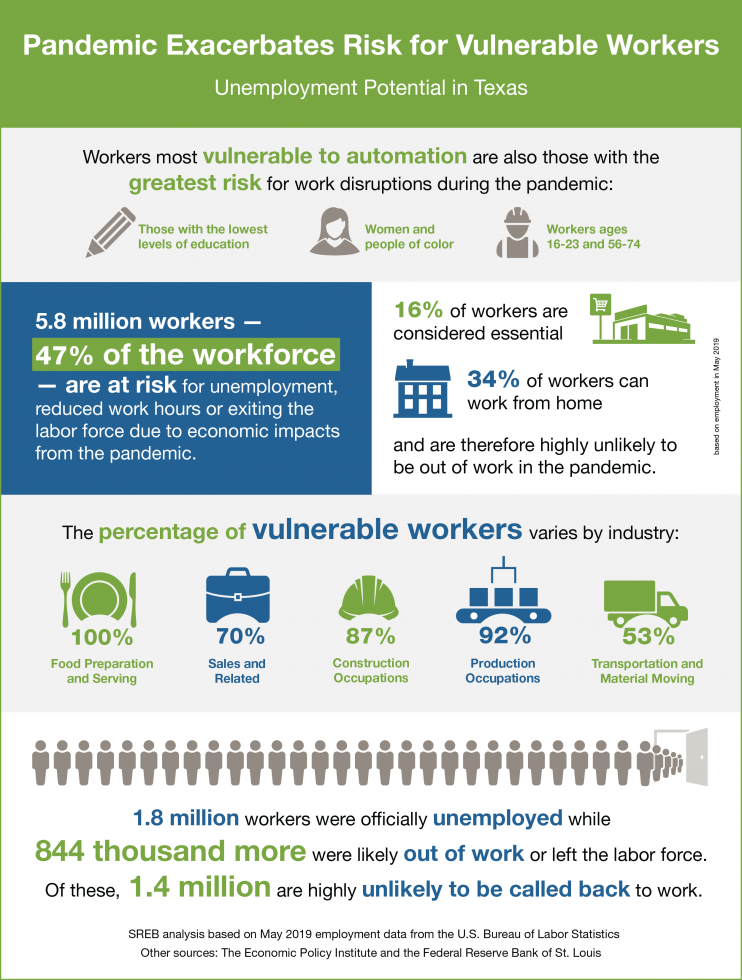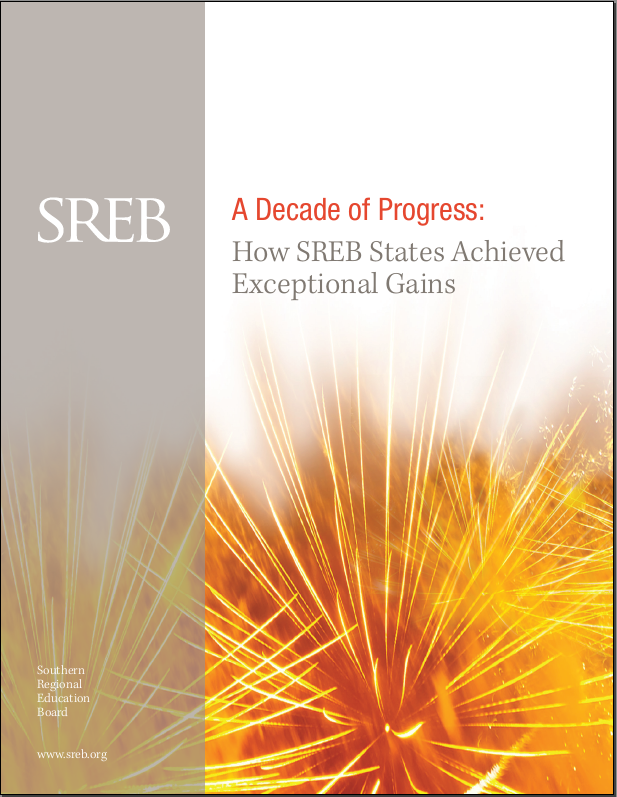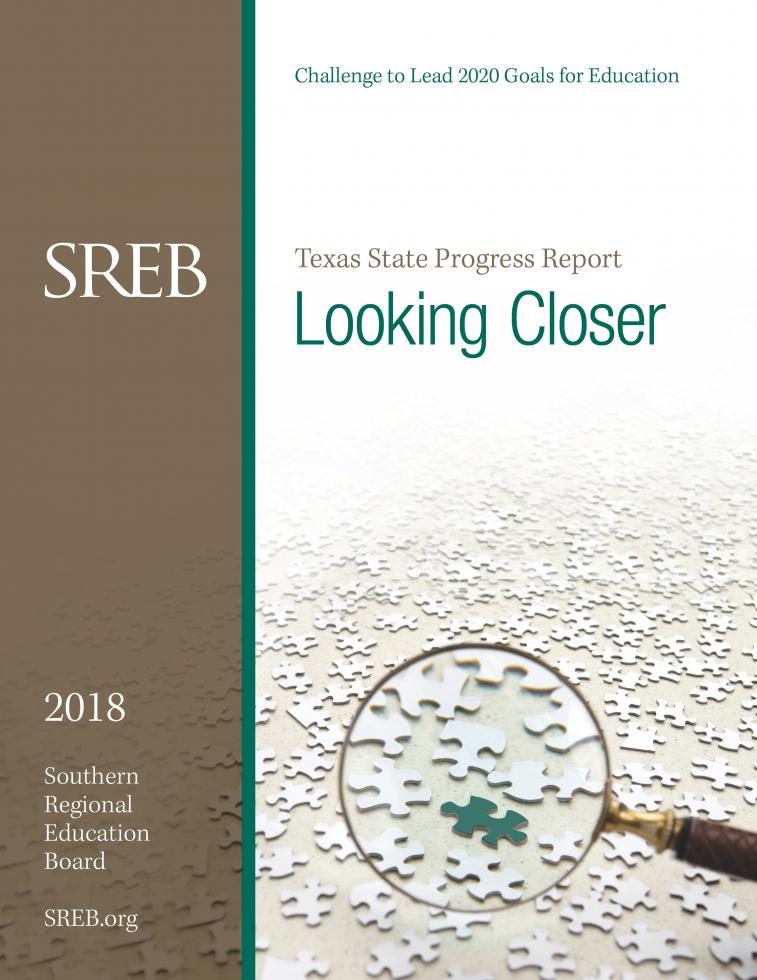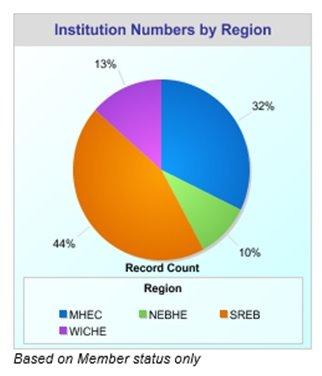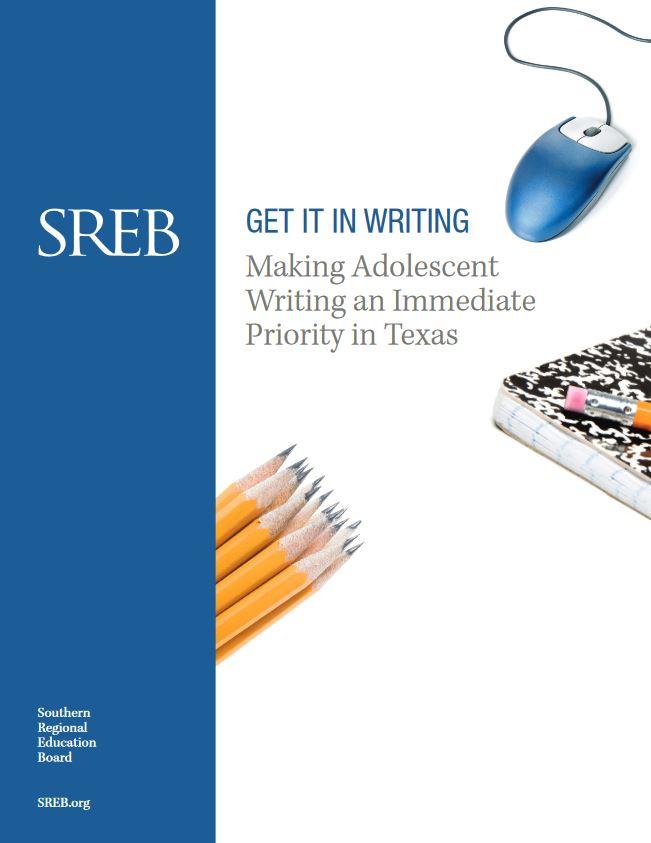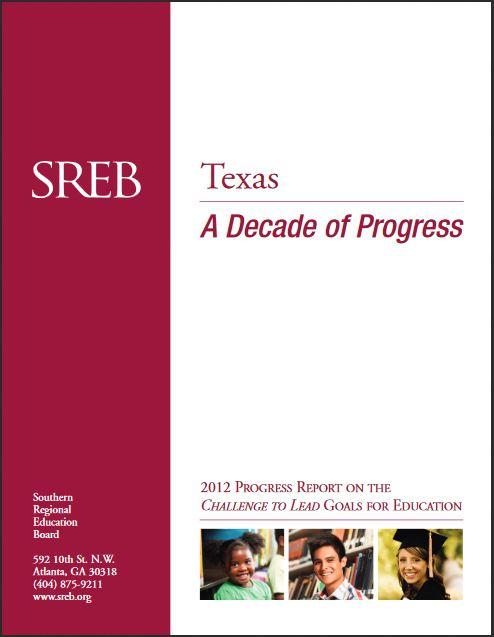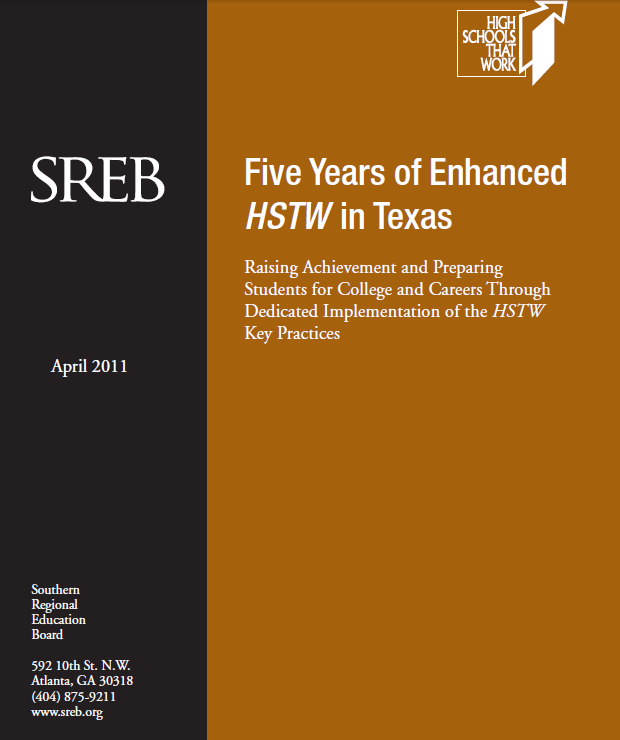State: Texas
Texas
Your Guide to Data and Services for Texas
SREB works with Texas policymakers, colleges and schools to help them improve education. From this page, find independent, accurate data, reliable best practices and ways to share scarce resources.
Texas Members of the Board
Greg Abbott, Governor of Texas, Austin, ex
officio (2027)
Debbie Crane Aliseda, McAllen Independent School
District Board of Trustees, McAllen (2027)
Brad Buckley, State Representative, Salado
(2028)
Mike Morath, Commissioner of Education,
Austin (2026)
Aubrey W. “Wynn” Rosser, Commissioner of
Higher Education, Austin (2029)
(Appointments to the Board are made by the Governor. Terms
expire June 30 of the specified year.)
Texas Members of the Legislative Advisory Council
Brad Buckley, State Representative, Salado
Donna Campbell, State Senator, New Braunfels
Texas Savings: Tech Purchasing, State Authorization
Texas saved $60,000 on $663,000 in technology purchases in fiscal year 2023 through SREB participation in discount agreements. Details >
Colleges and universities in Texas save an estimated $3 million annually and saved an initial $11.1 million on authorization for distance learning through SARA, the State Authorization Reciprocity Agreement. Details >
Texas: School Improvement Services
The Southern Regional Education Board works with educators and state and district education agency personnel in Texas and nationwide to provide support for continuous school improvement, rigorous curricula and instructional practices, teacher induction, professional development and instructional coaching services, technical assistance and program evaluation.
Find out what services are available for Texas districts and schools in this PDF.
Texas: An Early Path
An Early Path covers data and policies for each SREB state in Pre-K, elementary and middle grades in 2023. The reports also highlight important demographic data. These are SREB’s 11th progress reports to states on educational progress and the final set for the 2020 Challenge to Lead Goals. Each state report provides comparable data so states can see how they relate to one another, the SREB region and the nation.
TEXAS: FINDING A PATH
Finding a Path covers data and policies for each SREB state’s progress in high school, postsecondary and the workforce. Watch for reports on birth to middle grades in 2023. These are SREB’s 10th biennial reports to states on educational progress and the final set for the 2020 Challenge to Lead Goals. They provide comparable data so states can see how they relate to one another, the Southern region and the nation. New this year: sections on the K-12 teacher and postsecondary workforces.
Texas Featured Facts
from the SREB Fact Book on Higher Education
Texas-specific data on population, demographic, education attainment, enrollment, graduation rates, workforce, tuition, debt, funding, faculty salaries and more.
Texas: Gauging Progress, Accelerating Pace
Gauging Progress, Accelerating Pace is the seventh biennial report to SREB states on their progress in meeting SREB’s Challenge to Lead goals for education. Each customized state report documents progress on both measurable outcomes and state policies. Through effective policy implementation, the goals can help states drive improvements in student achievement, high school graduation, college completion and workforce readiness.
Texas: A Turning Point
A Turning Point is the ninth biennial report to SREB states on their progress in meeting SREB’s Challenge to Lead goals for education. The 2020 report focuses on Charting a Course to 2030 — evaluating how well states are preparing their workforces for the future economy. Each customized state report documents advancement on both measurable outcomes and state policies. Through effective policy implementation, the goals can help states drive improvements in student achievement, high school graduation, college completion and workforce readiness.
Texas
College Affordability Profile
The SREB College Affordability Profiles provide state stakeholders with data-driven insights into the cost of higher education and its impact on students and families. These profiles highlight key affordability metrics for each of the 16 SREB states, including net price across different types of institutions, state financial aid per student, student borrowing patterns, and trends in state appropriations and tuition and fees per full-time equivalent student.
Texas
2020 State Workforce Outlook
A Decade of Progress
How SREB States Achieved Exceptional Gains
How five states — Alabama, Kentucky, Maryland, Tennessee and Texas — made exceptional progress in student achievement during the first decade of the 21st century.
Texas Moves Forward on Math, Attainment
"Looking Closer" State Progress Reports 2018
Texas continues to improve public education on several key measures, according to the 2018 state progress reports from SREB. The reports detail demographic trends, student data from early childhood to postsecondary education, and the state’s implementation of key policies. Full release >
Texas: Looking Closer
Looking Closer is the eighth biennial report to SREB states on their progress in meeting SREB’s Challenge to Lead goals for education. Each customized state report documents progress on both measurable outcomes and state policies. Through effective policy implementation, the goals can help states drive improvements in student achievement, high school graduation, college completion and workforce readiness.
Texas Surpasses 100 SARA-Approved Institutions
“Texas is always happy to be the first; especially in initiatives that are good for both students and institutions,” said Rex Peebles, assistant commissioner of the Texas Higher Education Coordinating Board. As the 48 states and territories in SARA work towards getting institutions SARA-approved, Texas announced that it is the first state to reach 100 institutions approved. Pennsylvania at 93 institutions, and Illinois at 84, remain a close second and third.
Get It in Writing
Making Adolescent Writing an Immediate Priority in Texas
A call to action for Texas middle grades and high schools to make writing instruction a priority. Writing is an essential tool for learning academic content in any discipline. Get It in Writing summarizes the status of writing instruction and learning, outlines challenges to progress and lists valuable resources, including “Elements of Effective Adolescent Writing Instruction.”
Texas: A Decade of Progress
This report outlines a decade of the state’s progress toward meeting SREB’s Challenge to Lead education goals. Data on key education measures for each of the 12 goals are presented, with commentary that puts the information in a regional and national context. The lead figures on each page also are available as PowerPoint slides at http://www.sreb.org/index.html
Five Years of Enhanced HSTW in Texas
Raising Achievement and Preparing Students for College and Careers Through Dedicated Implementation of the Key Practices
This report describes the results of a partnership between SREB and the Texas Education Agency to enhance implementation of the HSTW improvement design in the state. Between 2005 and 2010, nearly 50 high schools in five cohorts joined the Texas Enhanced Network to adopt this intensive improvement design.


